Ground Attack Aircraft - The A-10 served effectively in the Gulf War, wreaking havoc on Iraqi vehicle convoys despite early USAF efforts to exclude it from the theater. The A-10 also served in the Iraq and Afghanistan wars, and has most recently seen action against ISIS.
Although the Warthog (as it is affectionately known) rarely kills tanks anymore, it has proven an extremely effective counterinsurgency aircraft, with slow speed and a long loiter time. Designed as a Cold War tank buster to break up massive Soviet armored assaults, this twin jet purpose built ground attack plane was designed around its giant tank killing 30mm Gatling Gun that stitches through tanks like a sewing machine through cloth.
Ground Attack Aircraft
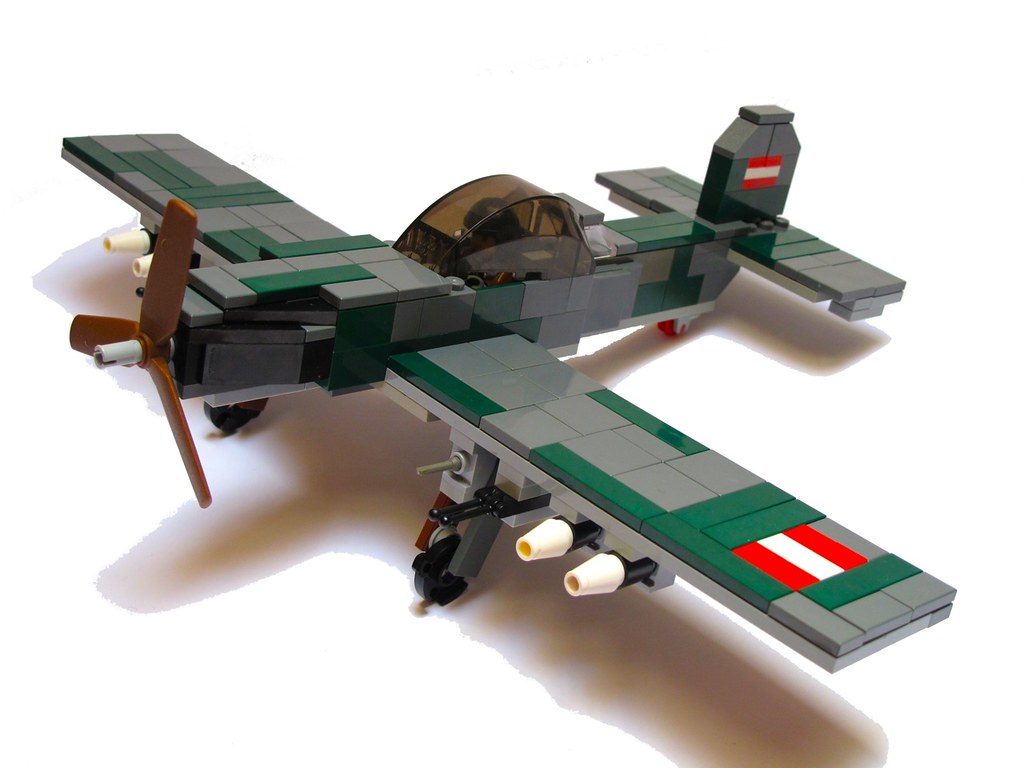
Also capable of carrying a wide array of rockets and bombs (including "smart bombs" and guided missiles) this ungainly looking beast has a payload of 16,000 pounds. Another 1200 pounds of titanium armor protect the pilot and vital avionics.
A Brief History
It is the toughest airplane ever built, capable of withstanding incredible firepower and damage and is the descendant of the P-47 Thunderbolt and the F-84 Thunderjet, both fighters adapted for ground attack. Not expected to stay in service this long, the A-10 (usually called the Warthog) is still flying.
Although as a bomber killing interceptor this first operational jet fighter in the world would have been of critical use to Germany, Adolf Hitler foolishly demanded it be developed as a ground attack jet, delaying production and distribution.
Still, the sleek jet was indeed a great ground attack plane with unprecedented speed, making it extremely difficult for Allied ground to air defenses to target the jet. With 4 X 30mm cannon, rockets and up to 2 X 500 kilogram bombs the Sturmvogel packed a tremendous punch for a small airplane.
The fact that so few saw service in this role (only some 1400 odd were made and only a fraction of those saw combat) makes this plane considered here for its potential rather than its actual service.
(Note: My uncle was in an M-4 Sherman tank attacked by an Me-262 and was stunned at the speed of the jet.) The Scorpion has the potential to fill an important niche in many air forces.
For a long time, air forces have been reluctant to acquire "tweener" aircraft, planes that fulfill several critical functions, but that don't carry the same prestige and glitz as a major fighter. Given the rapid increase in fighter costs, however, and the fact that many air forces desperately need dedicated attack aircraft in order to maintain internal order and patrol borders, the Scorpion (as well as the Super Tucano) would seem to make sense.
Although this plane missed a large chunk of World War II, its performance was so terrific that it has to be listed here. Capable of 355 mph and carrying 6000 pounds of bombs and rockets (could be overloaded with more than this), the A-26 had 8 X forward firing .50 caliber machine guns and could be equipped with another 8 for massive strafing effectiveness.
It also boasted dorsal and ventral turrets with 2 X .50 caliber machine guns each for self defense. Incredibly, the A-26 did all this with a crew of only 3 men! So sound was the platform, A-26's (later designated B-26, causing confusion with the WWII era B-26 Marauder) served until 1980 and saw combat during the Vietnam War.
The fact that over 36,000 of these rugged machines were built is testament to how important and how effective they were. These heavily armored "flying tanks" could take a legendary amount of enemy fire and continue flying, dealing death and destruction to armored vehicles and other ground targets.
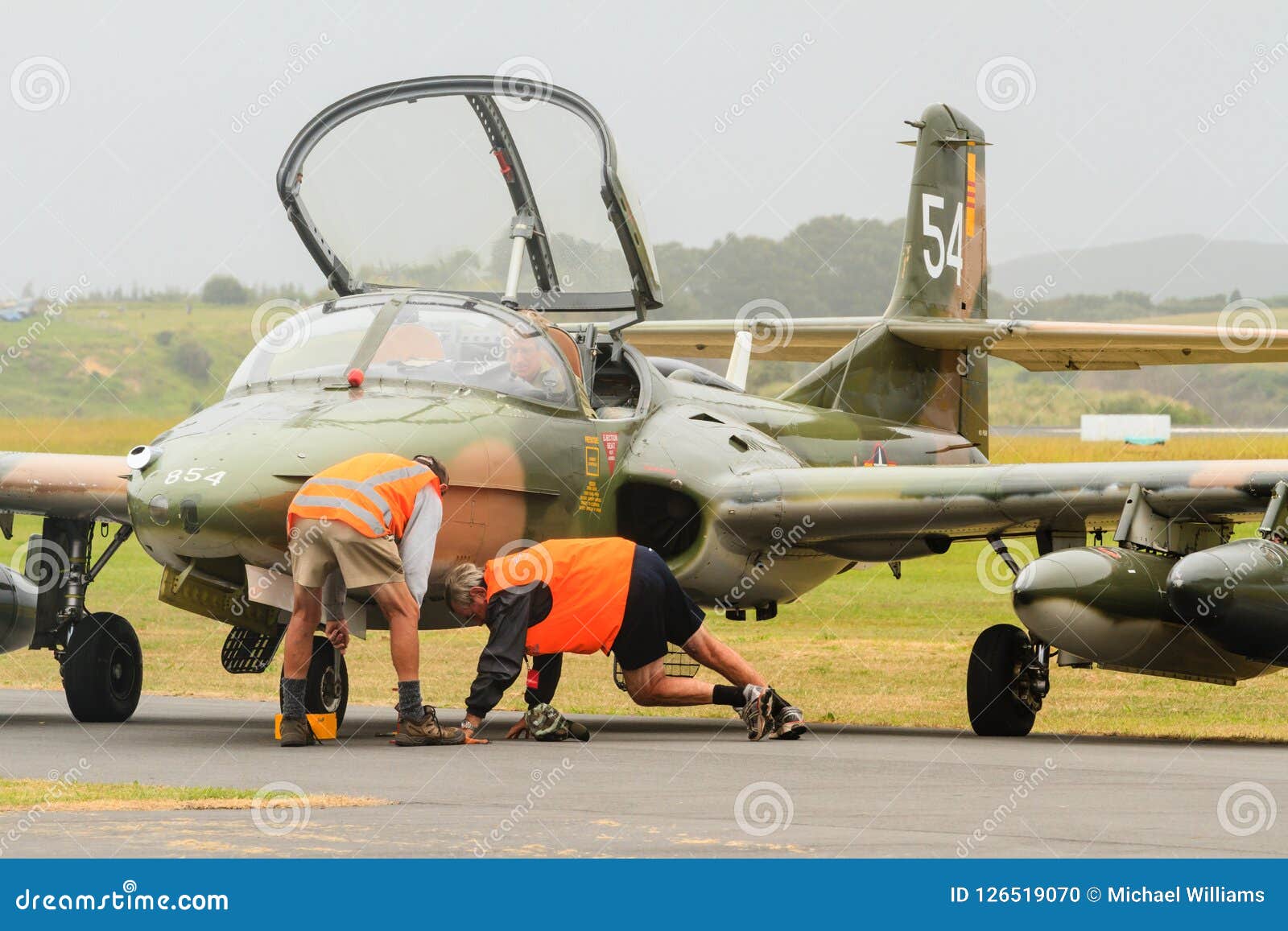
Usually armed with 2 X 23mm cannons, 2 X 7.62mm machine guns, and a rear facing 12.7mm machine gun, the Sturmovik also carried bombs and rockets up to 600 kilograms. All that armor meant a top speed of only 257 mph and a ceiling of only 18,000 feet, but for attacking the ground those factors were not so important.
This is without question the greatest of the single engine ground attack planes, and maybe the best overall. The Il-2 is the most produced warplane of all time. The Air Force has attempted to eliminate the A-10 several times since the 1980s.
The USAF argues that the plane is not survivable in contested airspace, and that multirole fighter-bombers (from the F-16 to the F-35) can fulfill its role more safely and efficiently. The strident A-10 pilot community, the U.S.
Army, and the U.S. Congress continues to disagree, however. The latest political battle over the Warthog proved so frustrating for one Air Force general that he declared that any USAF personnel who sent information on the plane to Congress would be committing "treason."
In the early years of the Vietnam War, the USAF came to appreciate the need for a big, heavily armed aircraft that could hang around the battlefield, delivering gunfire when Communist forces either emerged to attack, or were flushed from hiding.
The Air Force initially developed the AC-47 "Spooky," a C-47 transport plane equipped with guns mounted in the transport bay. Aircraft have been a fundamental part of military power since the mid-20th century. Generally speaking, all military aircraft fall into one of the following categories: fighters, which secure control of essential airspaces by driving off or destroying enemy aircraft;
bombers, which are larger, heavier, and less-maneuverable craft designed to attack surface targets with bombs or missiles; ground-support, or attack, aircraft, which operate at lower altitudes than bombers and air-superiority fighters and attack tanks, troop formations, and other ground targets;
transport and cargo planes, big-bodied craft with large amounts of interior space for carrying weapons, equipment, supplies, and troops over moderate or long distances; helicopters, which are rotary-winged aircraft used for ground support, for transporting assault troops, and for short-distance transport and surveillance;
and unmanned aerial vehicles, which are remotely controlled or autonomously guided aircraft that carry sensors, target designators, electronic transmitters, and even offensive weapons. The Textron Scorpion has never dropped a bomb, fired a missile or flown a combat sortie.
But someday it may, and this could help change the market for military aviation in the 21st century. The Scorpion is a sub-sonic jet aircraft carrying a very heavy armament. It lacks the gun power of either the A-10 or the Su-25, but carries advanced avionics and is light enough to risk on various ISR and attack missions.
True military aviation began with the perfection of the navigable airship in the late 19th century and the airplane in the first decade of the 20th century. The brothers Wilbur and Orville Wright, who made the first powered, sustained, and controlled flights in an airplane on December 17, 1903, believed such an aircraft would be useful mainly for military reconnaissance.
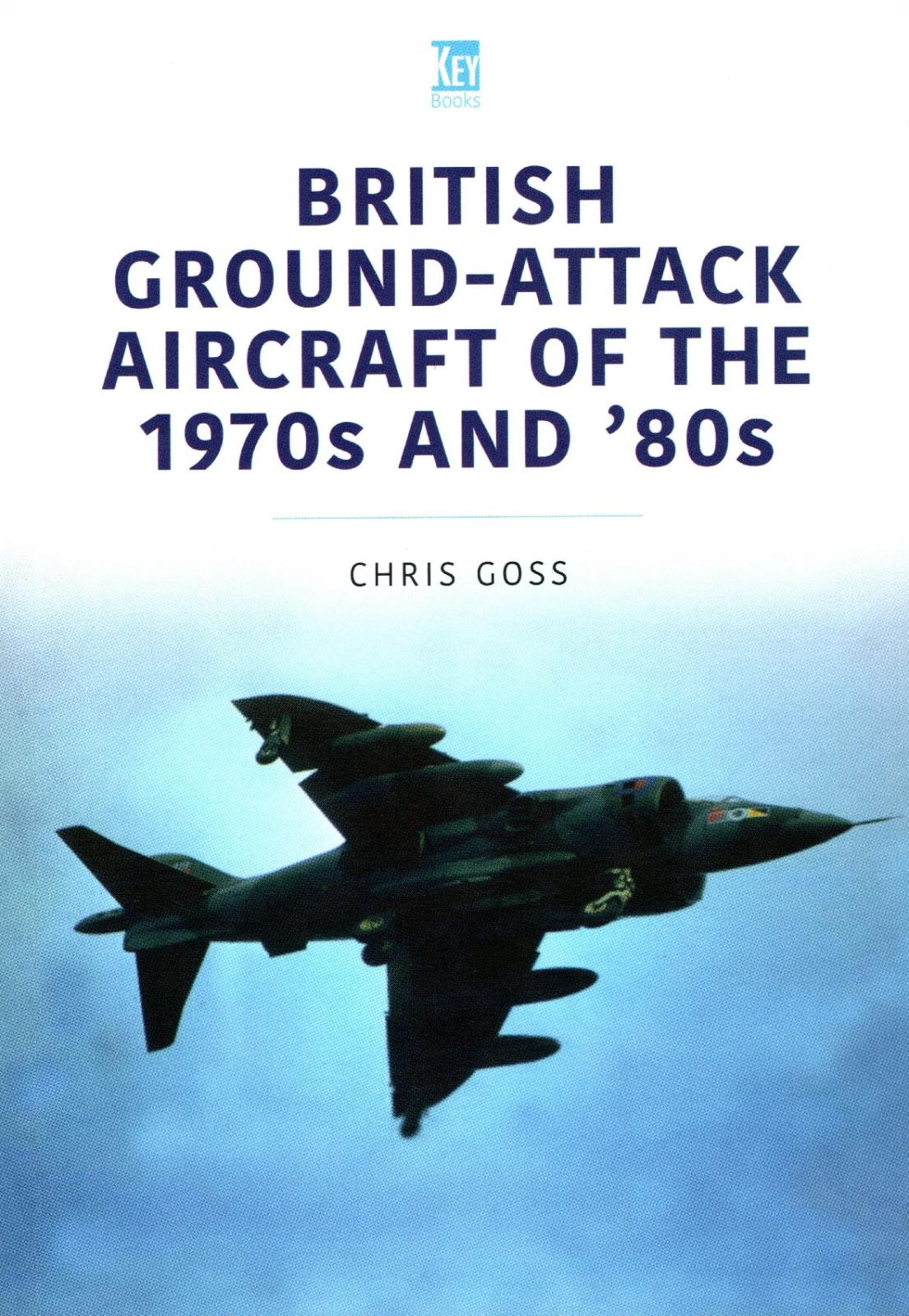
When they received the first contract for a military airplane from the U.S. government in February 1908, it called for an aircraft capable of carrying two persons at a speed of at least 40 miles (65 km) per hour for a distance of 125 miles (200 km).
The aircraft they delivered in June 1909 was listed as "Airplane No. 1, Heavier-than-air Division, United States aerial fleet.” In a sense, the Scorpion offers a high-end counterpart to the Super Tucano. A developing air force could do far worse than investing in both aircraft, which would give plenty of options with respect to ground attack, while also offering (through the Scorpion) a modest air-to-air capability.
The Super Tucano flies (or will soon fly) with over a dozen air forces in South America, Africa and Asia. The plane helps Brazil manage its vast Amazonian hinterland, and facilitates Colombia's fight against the FARC.
The Dominican Air Force uses the Super Tucano to fight against the drug trade. In Indonesia, the aircraft helps hunt pirates. Is the dedicated attack aircraft a dying breed? Few air forces are developing new attack aircraft, preferring to rely on fighter-bombers carrying precision-guided munitions to do the dirty work of close air support and battlefield interdiction.
But then it has always been like this; tactical attack has long been shunted to the side by air forces more interested in fast fighters and majestic bombers. Many of the attack aircraft used in World War II began design life as fighters, only becoming attack planes when they "failed."
And yet these attack aircraft have, over the years, ably performed one of the most critical airpower missions—the destruction of the fielded forces of the enemy, and the support of friendly ground troops. But as the recent battles in Syria, Iraq and Ukraine have indicated, the dedicated attack aircraft still has an important role to play.
If the traditional military-industrial providers in the United States and Europe can't fill this gap, then (relative) newcomers like Textron and Embraer may fill the gap. To replace attack aircraft, modern air forces have concentrated on improving the precision-attack capabilities of fighter-bombers and strategic bombers.
Thus, many of the close air support missions conducted by the USAF in Afghanistan came from B-1B bombers, aircraft originally intended to deliver nuclear strikes against the Soviet Union. The Embraer Super Tucano is an outwardly modest airplane.
It looks a bit like a North American P-51 Mustang, an aircraft that entered service over seventy years ago. The Super Tucano fills a very specific need: attack and loiter capability in non-contested airspace. This makes it an ideal counterinsurgency platform, capable of tracking insurgents, targeting them when flushed and hanging around until the job is done.
The Super Tucano is, more or less, the perfect COIN aircraft. We previously told you about the AC-130 Spectre, the highest evolution of the cargo plane converted to gunship, in use from Viet Nam through today.
Here we look at ground attack aircraft throughout history and list what may be 10 of the greatest examples of that type of airplane. The order listed is roughly our idea of "best," although that is quite subjective and open for debate.

Please feel free to make the case for your favorite ground attack plane and the order you would list these fearsome aircraft. (Honorable mention to the Hawker Siddley, later McDonnel-Douglas, AV-8 Harrier.)if(typeof ez_ad_units != 'undefined'){ez_ad_units.push([[580,400],'historyandheadlines_com-medrectangle-3','ezslot_5' ,140,'0','0'])};__ez_fad_position('div-gpt-ad-historyandheadlines_com-medrectangle-3-0');
The Spooky proved effective, and a CAS desperate Air Force decided that larger aircraft might do even better. Developed from the C-130 Hercules transport, the AC-130 is big, slow and utterly hapless against enemy fighters or a serious air-defense network.
Several AC-130s were lost in Vietnam, and one was lost to a shoulder-fired missile in the Gulf War. But in its element, the AC-130 absolutely chews enemy ground positions to pieces. It can orbit an enemy position endlessly, delivering heavy gunfire and a large selection of alternative ordnance.
The AC-130 provides eyes on the battlefield, along with the ability to kill anything that moves. AC-130s served in Vietnam, the Gulf War, the invasion of Panama, the Balkans conflict, the Iraq War and operations in Afghanistan.
Some reports suggest a variant has been optimized for fighting zombies. The Su-25 has fought in a wide variety of conflicts since its introduction. It first saw service in the Soviet invasion of Afghanistan, as a counterinsurgency aircraft.
The Iraqi Air Force used Su-25s extensively against Iran in the Iran-Iraq War. Su-25s have flown in many of the wars associated with the collapse of the Soviet Union, including the Russo-Georgian War of 2008 and the more recent war in Ukraine.
Rebel Russian surface-to-air missile launchers shot down several Ukrainian Su-25s before downing a Malaysian civilian airliner. Last year, when it became apparent that the Iraqi National Army could not manage ISIS on its own, the Su-25 "Frogfoot" reentered the spotlight.
Iran offered the use of its Su-25 fleet, and Russia purportedly rushed a delivery of aircraft into Iraqi service (although the aircraft probably came from Iranian stocks, seized in the 1990s from Iraq). When the first practical aircraft were produced, in the form of hot-air and hydrogen balloons in 1783, they were adopted quickly for military duties.
In 1793 the French National Convention authorized the formation of a military tethered-balloon organization, and a company of "Aérostiers" was formed on April 2, 1794. Two months later the first military reconnaissance from such a balloon was made before the city of Maubeuge.
Until the Aérostiers were disbanded in 1799, their reports contributed to the success of French armies in many battles and sieges. Similar reconnaissance balloons were used later by other armies, notably by both armies during the American Civil War and by the British in Africa from 1884 to 1901.
8. Republic P-47 Thunderbolt, 1942. Despite its chunky appearance (leading to a nickname of "Jug") this was a high performance fighter and interceptor with a powerful suite of 8 X wing mounted .50 caliber machine guns.
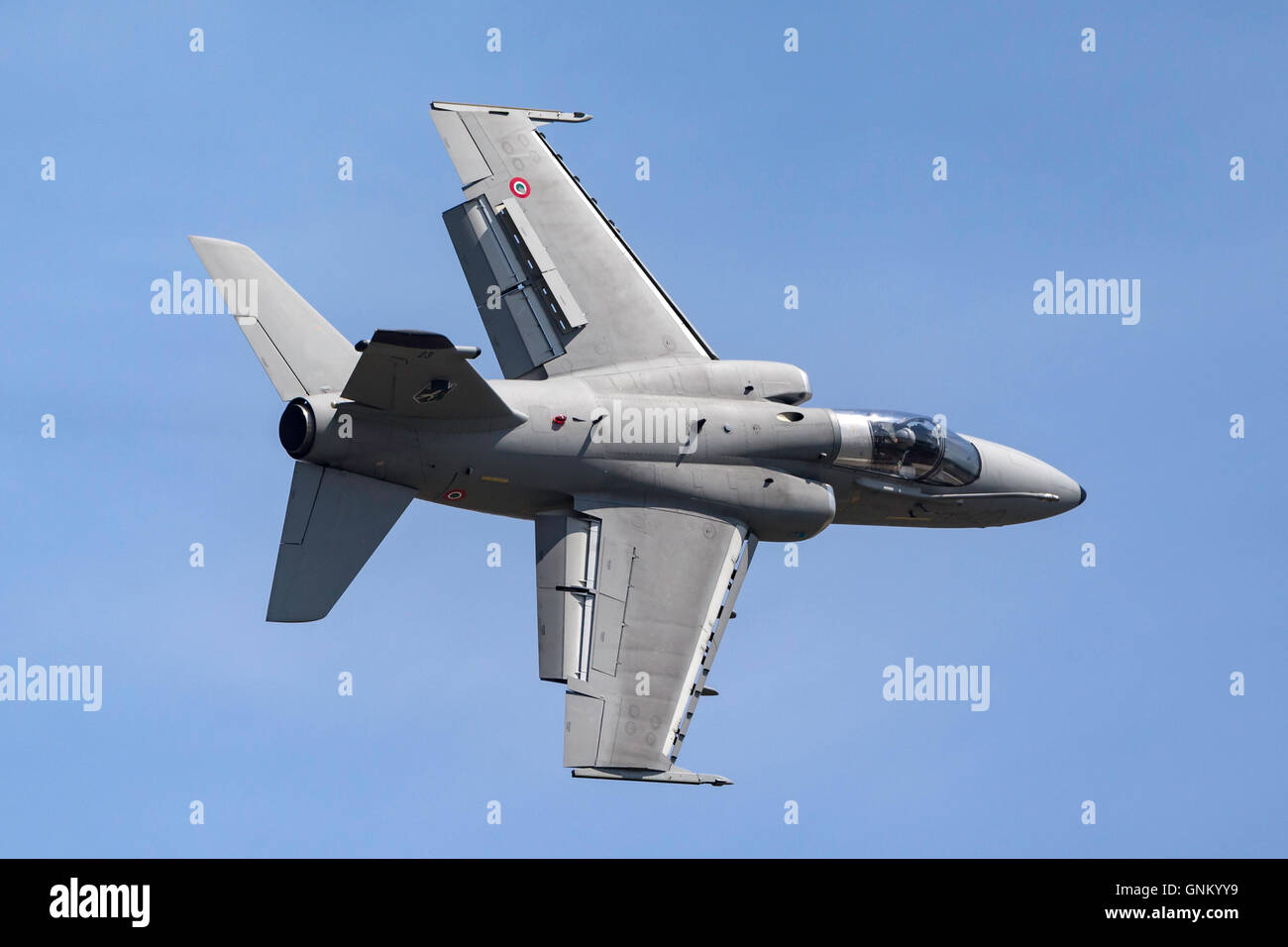
With its 2000 hp radial engine, the P-47 was the most rugged US fighter of World War II and could take tremendous punishment and continue to fly. Adapted for ground attack by adding rockets and bombs, the P-47 proved to be the most prolific tank killer in the US arsenal.
Per Wikipedia, "from D-Day until VE day, Thunderbolt pilots claimed to have destroyed 86,000 railroad cars, 9,000 locomotives, 6,000 armored fighting vehicles, and 68,000 trucks." No other Western Front attack aircraft comes anywhere near these numbers.
Over 15,000 Jugs were built and were in service until 1966. The featured image in this article, a photograph by U.S. Air Force photo/Senior Airman Julianne Showalter of an AC-130H gunship from the 16th Special Operations Squadron, Hurlburt Field, Florida, jettisoning flares as an infrared countermeasure during multi-gunship formation egress training on August 24, 2007, is a work of a
U.S. Air Force Airman or employee, taken or made as part of that person's official duties. As a work of the U.S. federal government, the image or file is in the public domain in the United States.
7. Hawker Typhoon, 1941. Britain's entry into this genre was designed as a high altitude interceptor, but found its true calling as a low altitude ground attack gem.
Its original 12 X .303 caliber machine guns were replaced with hard hitting armor defeating 4 X 20 mm cannons and loads of rockets and 2 X 1000 pound bombs made this high performance fighter hell on ground and sea targets.
This website uses cookies so that we can provide you with the best user experience possible. Cookie information is stored in your browser and performs functions such as recognizing you when you return to our website and helping our team to understand which sections of the website you find most interesting and useful.
Thanks for visiting History and Headlines! This site exists primarily for educational purposes and is intended as a resource for Dr. Zar's students. Articles are mostly written by either Dr. Zar or his dad (Major Dan).
To any guest readers, please keep that in mind when commenting on articles. Thank you! There's a reason most of these aircraft ceased production decades ago. The attack aircraft has never been particularly popular, as a type, with the world's air force.
Close air support and interdiction, especially at low altitude, are exceedingly dangerous missions. Attack aircraft too often operate along the seams of interservice divisions, sometimes falling victim to conflicts between armies and air forces. Here's What You Need to Remember: This article examines five modern aircraft that fill the very old role of ground attack.
One of these aircraft has served since Vietnam; another has yet to fly a combat sortie. All are specialized (or have become specialized) for attacking enemy forces in tactical situations, and most have served in a variety of circumstances that emphasize the basic flexibility of the attack mission.
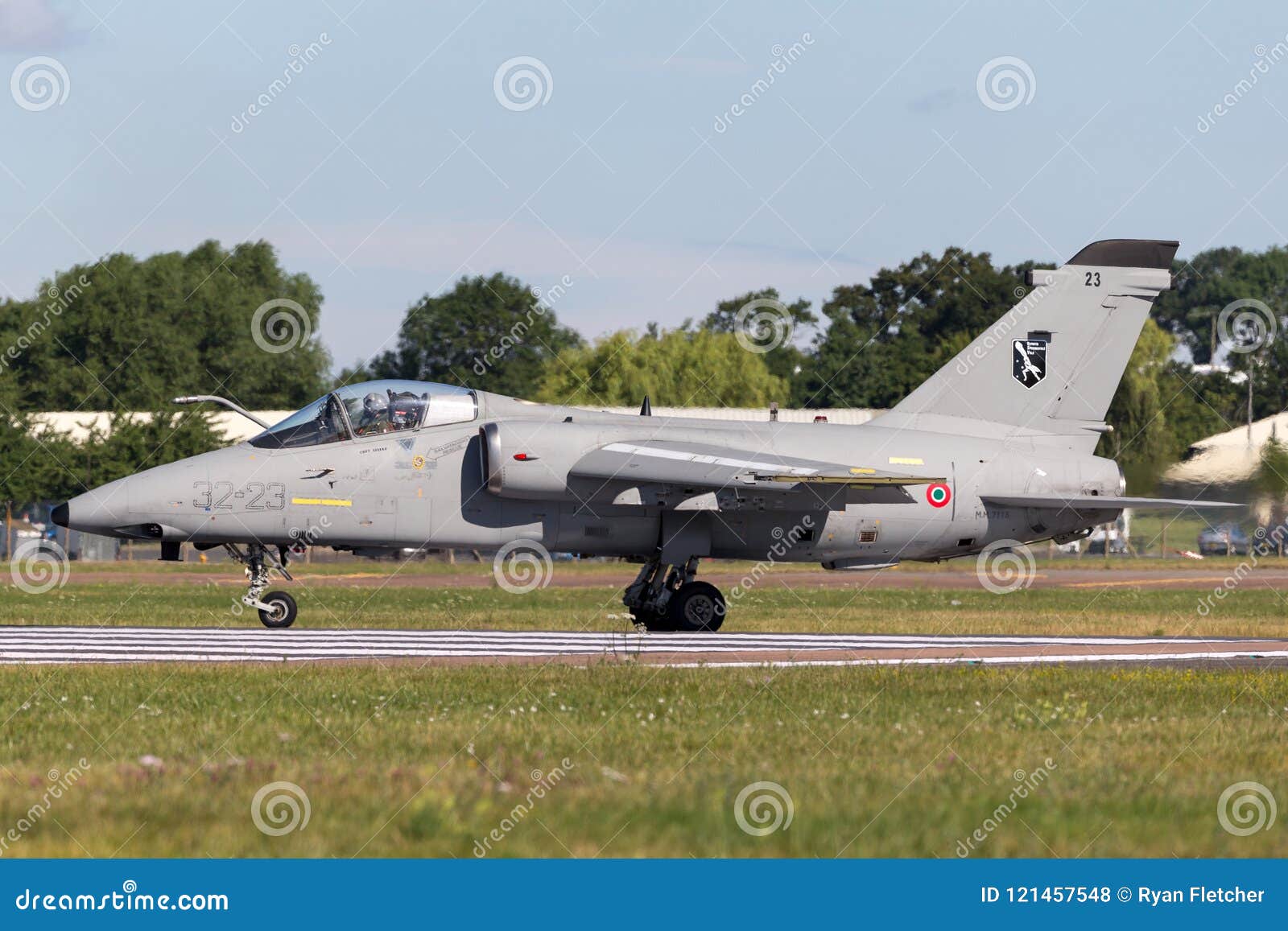
Thus, by 1914, reconnaissance, bomber, and carrier-based aircraft were all evolving, and some had been used in combat. The first use of an airplane in war was on October 23, 1911, during the Italo-Turkish War, when an Italian pilot made a one-hour reconnaissance flight over enemy positions near Tripoli, Libya, in a Blériot XI monoplane.
The first bombing raid came nine days later, when a pilot dropped four grenades on Turkish positions. The first reconnaissance photographs of enemy positions were taken on February 24-25, 1912, in the same conflict. Because each style has its own formatting nuances that evolve over time and not all information is available for every reference entry or article, Encyclopedia.com cannot guarantee each citation it generates.
Therefore, it's best to use Encyclopedia.com citations as a starting point before checking the style against your school or publication's requirements and the most-recent information available at these sites: This article examines five modern aircraft that fill the very old role of ground attack.
One of these aircraft has served since Vietnam; another has yet to fly a combat sortie. All are specialized (or have become specialized) for attacking enemy forces in tactical situations, and most have served in a variety of circumstances that emphasize the basic flexibility of the attack mission.
After years of struggle, the USAF finally managed to get its hands on a squadron of the planes, with the intention of using them to increase the effectiveness of partner air forces, including the Afghan National Air Force.
The Super Tucano is perfect for the ANA; easy to maintain and fly, it has the potential to give the Afghan Air Force a key advantage over the Taliban. The most formidable aircraft of the years before World War I were airships rather than airplanes.
Airships were large self-propelled craft consisting of a rigid fabric-covered metal frame within which were gas bags containing a lighter-than-air gas such as hydrogen. The most ambitious examples of this type of craft were the huge airships designed and built in Germany by Ferdinand, Count von Zeppelin.
A typical zeppelin could carry five 50-kg (110-pound) high-explosive bombs and 20 2.5-kg (5.5-pound) incendiary bombs at a time when most military airplanes were without any form of weapons, being intended only for reconnaissance. The A-10 Warthog was born of inter-service strife.
In the late 1960s, the long-running fight between the U.S. Army and the US Air Force (USAF) over close air support born competing programs, with the Army supporting the Cheyenne attack helicopter and the Air Force sponsoring the A-X program.
Problems with the Cheyenne, combined with the prospect of the A-X, resulted in the cancellation of the former. The latter eventually became the A-10, an aircraft built around a heavy gun, and specialized for killing Soviet tanks.
best ground attack aircraft, new ground attack aircraft, modern ground attack aircraft, new us ground attack aircraft, russian ground attack aircraft, us ground attack aircraft, ground attack jets, attack planes
0 Comments